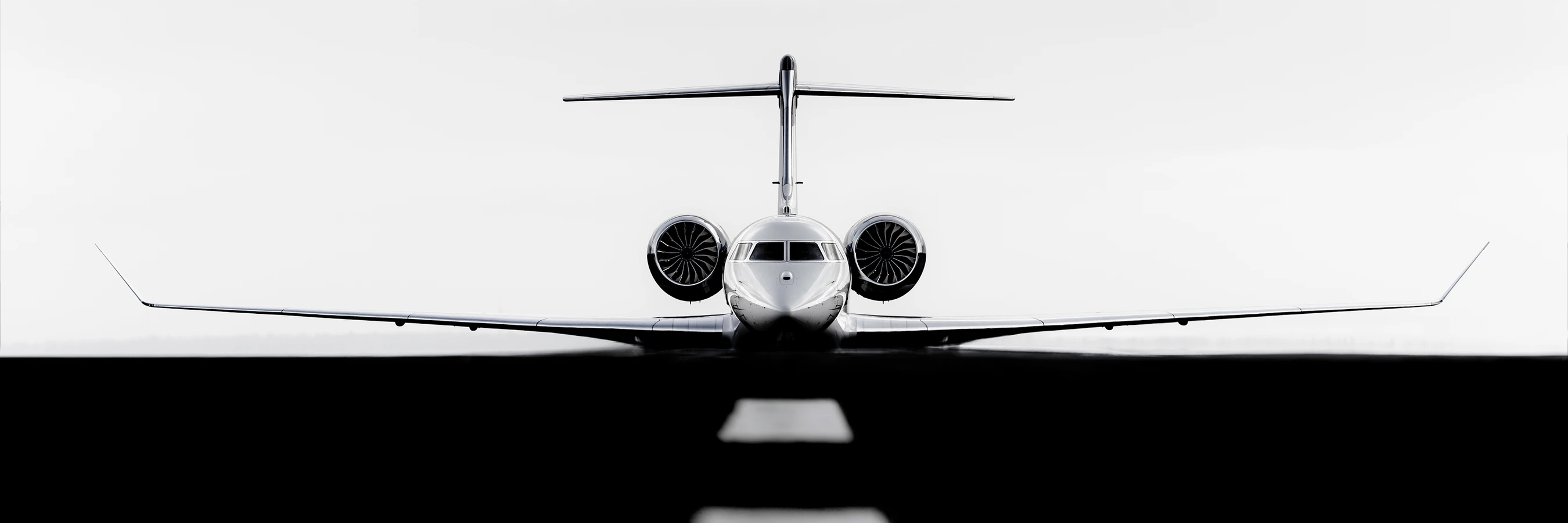Programme de stages chez Bombardier

Lancez votre carrière avec nous; découvrez nos opportunités de stage.
Démarrez votre carrière dans un environnement dynamique et solidaire avec notre programme de stage. Acquérez une expérience pratique en travaillant sur des projets concrets, développez des compétences précieuses, élargissez votre réseau professionnel et bénéficiez de l’accompagnement d’expert⸱es dans l’industrie.
Comblez l’écart entre la théorie et l'expérience concrète. Ne manquez pas cette chance de grandir avec nous !
De la curiosité au savoir-faire, votre aventure commence ici.
Façonnez l'avenir de l'aviation avec nous.
Faites partie d'une culture qui encourage l'innovation et l'excellence, en collaborant au sein d'équipes sur des projets ambitieux qui façonnent l'avenir de l'aviation à l'échelle mondiale.


Faites-vous entendre.
Rejoignez une équipe qui favorise votre développement, célèbre les différences et vous donne les moyens de créer et d’innover dans chacune des missions que vous entreprenez.
Réalisez vos ambitions.
Atteignez votre plein potentiel grâce à un apprentissage pratique, des conseils d’expert⸱es et des opportunités déterminantes qui lanceront votre carrière et vous prépareront à diriger et exceller dans l’industrie aéronautique.

Postulez dès maintenant !
Critères d’admissibilité aux stages
- Avoir le droit de travailler au Canada OU être autorisé⸱e à travailler au Canada
- Être inscrit⸱e dans un établissement académique canadien durant votre stage
- Être en mesure de travailler physiquement dans la province où vous êtes embauché⸱e
- Être âgé⸱e d’au moins 18 ans
- Être inscrit⸱e à un collège communautaire, un programme universitaire de quatre ans, un programme d'études supérieures OU une école technique au début du stage
L'étudiant⸱e doit être inscrit⸱e à un établissement scolaire depuis un minimum de six mois avant de rejoindre Bombardier.
Si vous avez besoin de plus d'informations, veuillez consulter notre section des questions fréquemment posées.